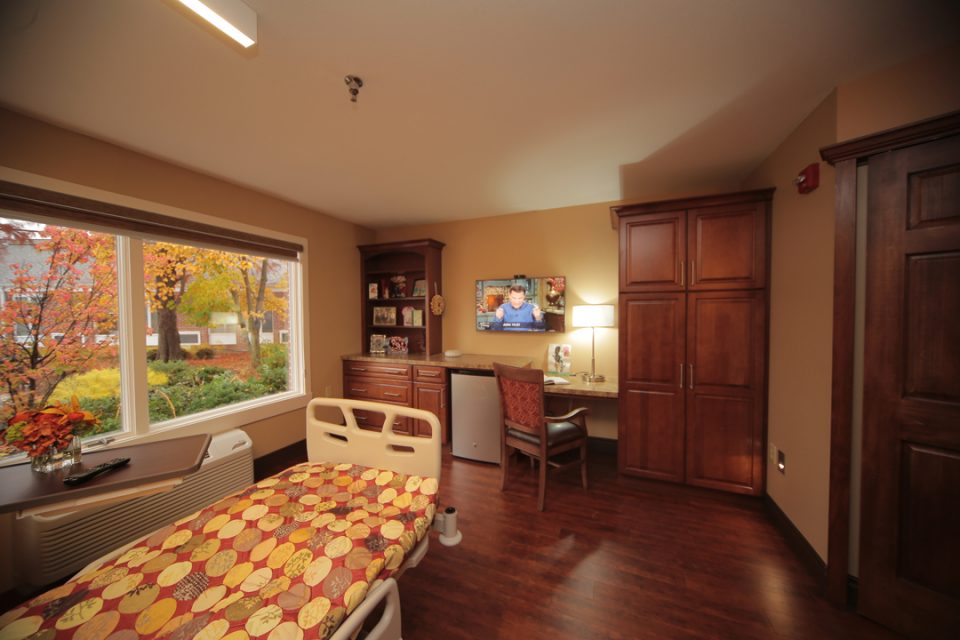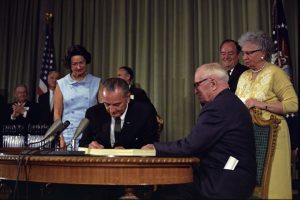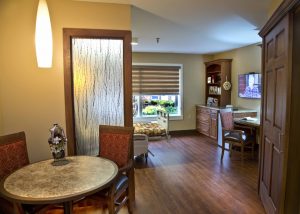Health Care Changes are Transforming Senior Living

Westminster Village North, Inc., in Indianapolis, Indiana, is a thriving senior living community that took a hard look at how they could remain viable in a changing marketplace. K2M Design, formerly InterDesign, partnered with Westminster Village North to take a bold step towards their future; and this is their story.
Two historic moments have had particularly far-reaching effects on today’s senior living industry.
The first took place on July 30, 1965, as President Lyndon B. Johnson signed House Resolution 6675 in Harry Truman’s hometown of Independence, Missouri. HR 6675 enacted Medicare, and Johnson issued the first card to the former president. The second occurred 45 years later, on January 1, 2011, when the first Baby Boomers celebrated their 65th birthdays — a sign that the lifestyles of the nation’s single biggest generation were about to change.
Click here to download this article >
Both Medicare and vast numbers of prospective new residents are in the minds of organizations that operate senior housing facilities. For not-for-profit Life Plan communities, both create challenges. Although Medicare payments to communities are limited, the program’s effects on the health care industry affect communities. Plus, the presence of so many seniors is spurring massive investments by aggressive for-profit competitors.
 Westminster Village North, located in the northeast corner of Indianapolis, has provided senior housing since 1971. The Life Plan Community’s board and management have maintained high occupancy levels by making strategic changes.
Westminster Village North, located in the northeast corner of Indianapolis, has provided senior housing since 1971. The Life Plan Community’s board and management have maintained high occupancy levels by making strategic changes.
Shelley Rauch, MBA, HFA, Westminster Village North’s Executive Director since 1997, has overseen many of those changes. “When I started, the campus had a great reputation for the services they provided,” Rauch recalls. “But the age of the physical plant was starting to show. Reputation and quality outcomes were good things in the market, but that wasn’t going to be enough as people started to talk about what other generations were going to be looking for.”
Medicare’s influences
Although Medicare doesn’t specifically pay for senior housing, the program’s practices have a significant effect upon design considerations and finances — and can even create marketing opportunities.
According to the American Health Care Association, more than three of every four residents of skilled nursing care facilities depend upon either Medicare or Medicaid for at least part of their care — and MedPAC told Congress in 2013 that skilled nursing facilities have average operating margins of just 1.9 percent.
Medicare’s Part A coverage limits skilled nursing payments to just 100 days of care per episode, following a minimum three-day hospital stay. Add to that pressure from Medicare to reduce hospital readmissions — U.S. News reports that roughly 20 percent of Medicare patients are readmitted within 30 days of discharge — and you’ll understand why many hospitals are seeking high-quality skilled care partners. Life Plan Communities are often an obvious choice (provided they have sufficient quality ratings).
 Challenge … or opportunity?
Challenge … or opportunity?
Those partnerships may also provide a source of future residents. Westminster Village North has seen an uptick of residents who became familiar with the community during a post-hospital stay in either its long-term care area or rehabilitation wing. “If those short stays are good experiences, people leave with positive impressions,” says K2M Design’s® architect Jerry Cripps. “When they’re ready to consider a move to a senior community, it’s one of the first places they’ll consider.”
Just as important, if a community fails to establish those relationships with hospitals or doesn’t approach short stays as chances to sample its advantages, it’s likely to lose business to a competitor who seizes that opportunity.